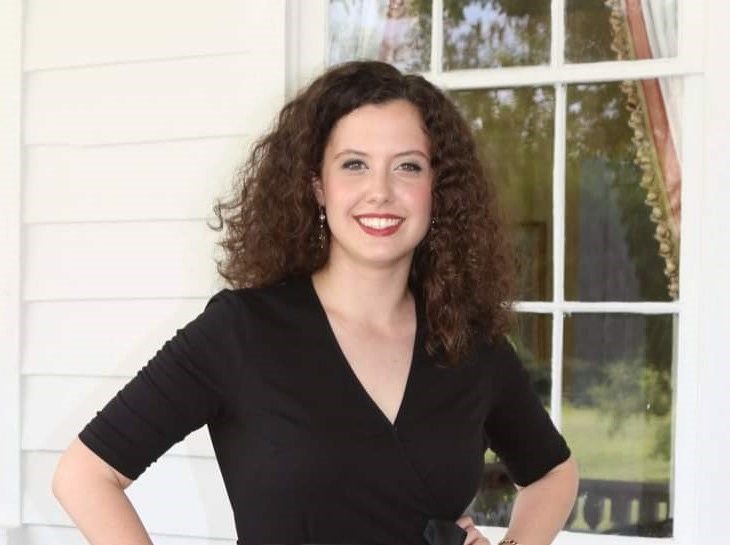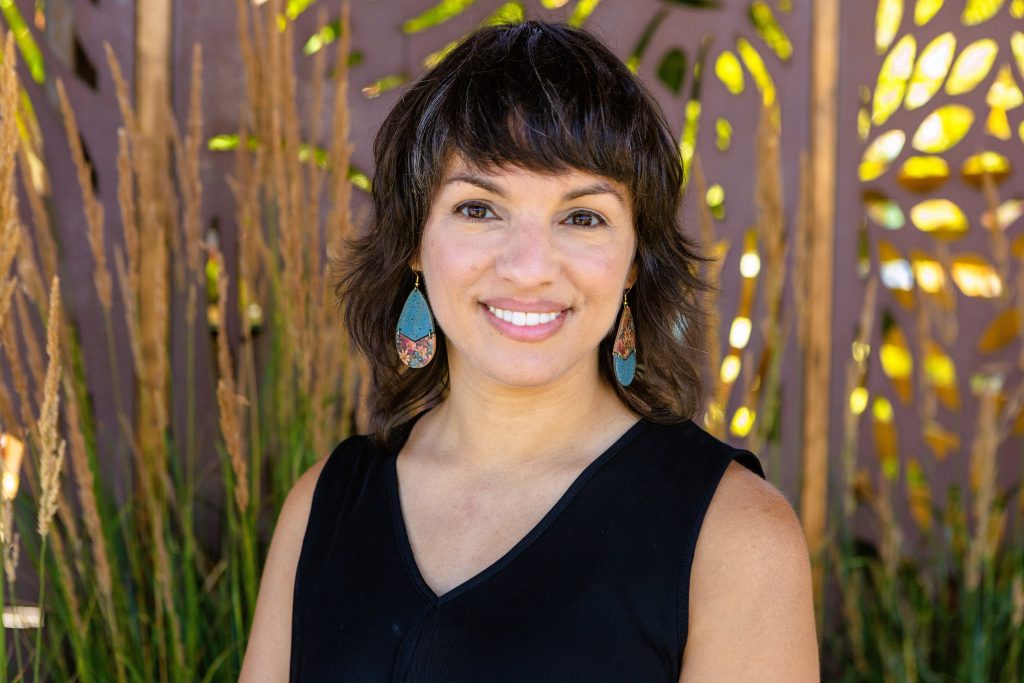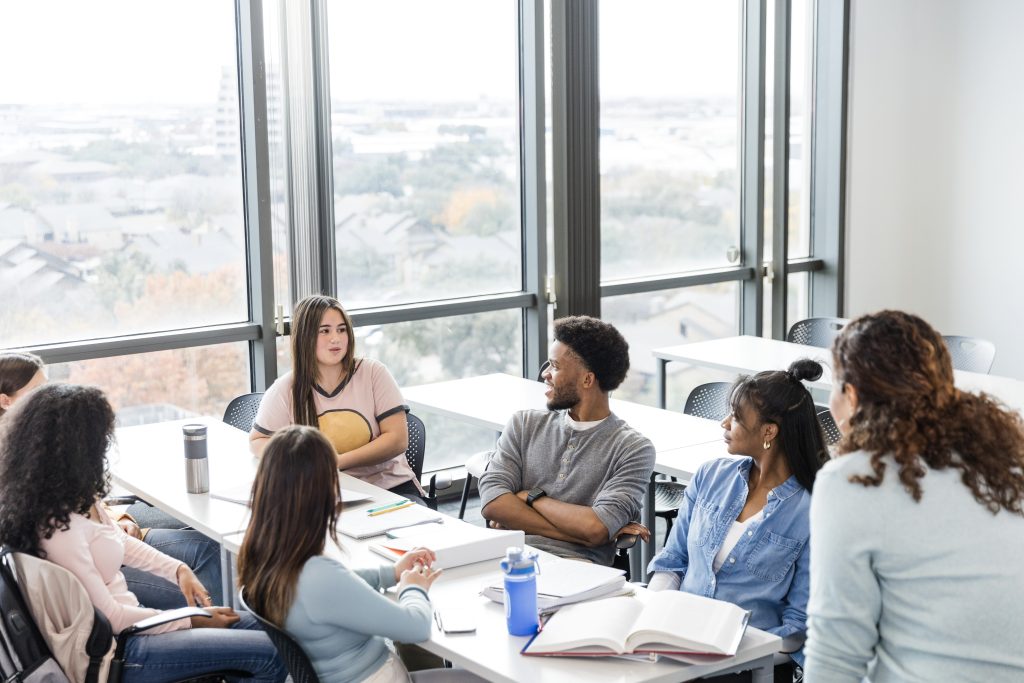The Interfaith Leadership of Chaplain Butler
April 30, 2020

Kaytlin Butler’s voice changed when I told her the reason for my call. It wasn’t because my father was dying. Nor any of my other relatives. I wasn’t asking her to stand outside the room of a loved one teetering on the line between life and death. And, I didn’t need her to comfort me as I wept when that line was crossed.
As a chaplain at Mt. Sinai Hospital in New York City, those are the calls that Kaytlin is accustomed to receiving, multiple times a day. I could sense an easing in her voice when she found out that I was calling for a different reason.
My life’s work is to help young adults become interfaith leaders, and we partner with college campuses to advance interfaith cooperation. I wanted to know how Kaytlin did it. How was she able to engage on the deepest spiritual level with people from the widest range of religions during the height of the Covid-19 pandemic in New York City?
Usually, it takes me some time to explain what interfaith cooperation is and what interfaith leaders do. But lately such stories have been ubiquitous. People of all faiths are openly praying for political opponents whose family members have taken sick. Arab doctors are saving the lives of ultra-Orthodox Jews in Israel.
Hospital chaplains are on the front lines of this. They are the very picture of interfaith leadership, and Kaytlin Butler’s story is exemplary. It’s a story has been told powerfully in several places, including The New Yorker and Time Magazine .
In each of those pieces, Kaytlin’s skill in working with people from different religious identities becomes powerfully clear. There was the Pentecostal patient whose faith helped her feel at peace with the idea of death. And there was the Pentecostal patient whose faith had him convinced that he was receiving God’s wrath.
There were the nurses who felt like they were the arms and legs of God because of the superhuman effort of a day’s work. And there were the nurses who felt like God was angry at them for not being able to save everyone.
There were Muslim patients who wanted to recite the Shahada with someone, and there were Catholic patients who needed the comfort of a rosary.
All of this, on every shift, with the prospect of death around every corner and in every phone call.
Clearly, it takes a remarkable emotional stability and a deep sense of spiritual calmness to be able to do this work. And, it also takes enormous craft.
An exceptional chaplain like Kaytlin Butler is a little like an athlete who pulls off a stunning move to hit a game winning baseline jumper. She makes it look effortless, but there are years of dedication and training that go into that level of excellence.
Kaytlin pointed out that a patient’s chart might say that he’s Catholic, but that could mean any number of things, ranging from wanting the Eucharist every day to wanting to talk about being angry at the Church. It was Kaytlin’s task to discover how that patient related to the Catholic tradition in that moment and to figure out a way to bring a carving from that wholeness that provided comfort.
She described it as a dance, where she was both leader and follower. The questions she asked created the context for the other person to make a few moves, and then Kaytlin followed along seamlessly.
Part of what this means, of course, is that Kaytlin must have a working knowledge of many kinds of dances. You probably don’t need to know the whole janazah prayer for Muslims (the prayer said after someone dies), but you should know that there are certain rituals required when a Muslim passes away and be prepared to facilitate them. And, you need some version of this across religious traditions.
More importantly, you need to be good enough at these various dances to switch forms mid-step – a lot. You might start off in ballroom, then the music switches, and it’s hip hop; and just as quickly it switches, again it’s back to ballroom.
Kaytlin shared the story of a Catholic man whose Jewish wife was nearing death. He at first requested a Catholic chaplain, because Catholic ritual was what brought him personal comfort in difficult circumstances. But in the conversation with Kaytlin, it came out that he wanted to do something that honored his wife’s Jewish faith. And then the conversation took another turn. The couple had experienced a difficult period in their marriage, and only reconciled after he had written a song for her that expressed both remorse and devotion. The last rites for that woman involved the man playing her the song that had rebuilt their relationship.
The story reminded me of something Wynton Marsalis said about music. He played classical and he played jazz, and jazz was much harder, because it required you not only to listen to others but also have the skill to jump straight into their scheme.
Kaytlin remembers long being interested in religion and religious diversity. She started an interfaith group as an undergraduate at the University of Georgia, and actually attended one of the programs that IFYC runs, the Interfaith Leadership Institute. Through these activities she developed close friends who were Muslim, Jewish, and beyond. She grew to love them and respect their religious commitments, and she realized that she needed an understanding of how her own tradition would allow her to say ‘I love you and your Muslim faith because I’m a Christian’, rather than ‘I love you but my Christianity teaches me that you are incomplete because of your faith.’
She feels fortunate to have had excellent religion professors both at UGA and at Union Theological Seminary, professors who taught her an interpretation of Christianity that viewed caring for people from other religions as a sacrament. That includes, Kaytlin made clear, other Christians who do not share her particular theological orientation.
“I have lots of those people in my own family, including people who think that women shouldn’t be ordained. I mean, my grandmother is much more theologically conservative than me, and I’ve learned more about how to live from her than anybody. Her theology is different than mine, but her story is sacred. The stories of all people are sacred.”
That line has played in my mind since our interview. The stories of all people are sacred. And so is the interfaith leadership of people who are able to provide the deepest comfort at the darkest time to the widest number.
Share
Related Articles



